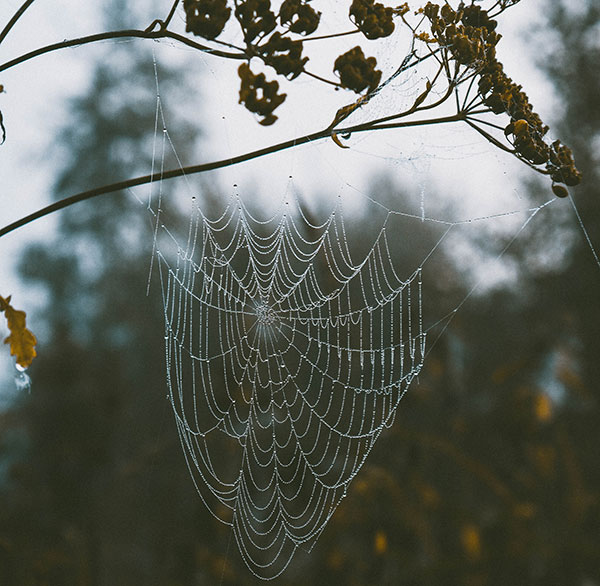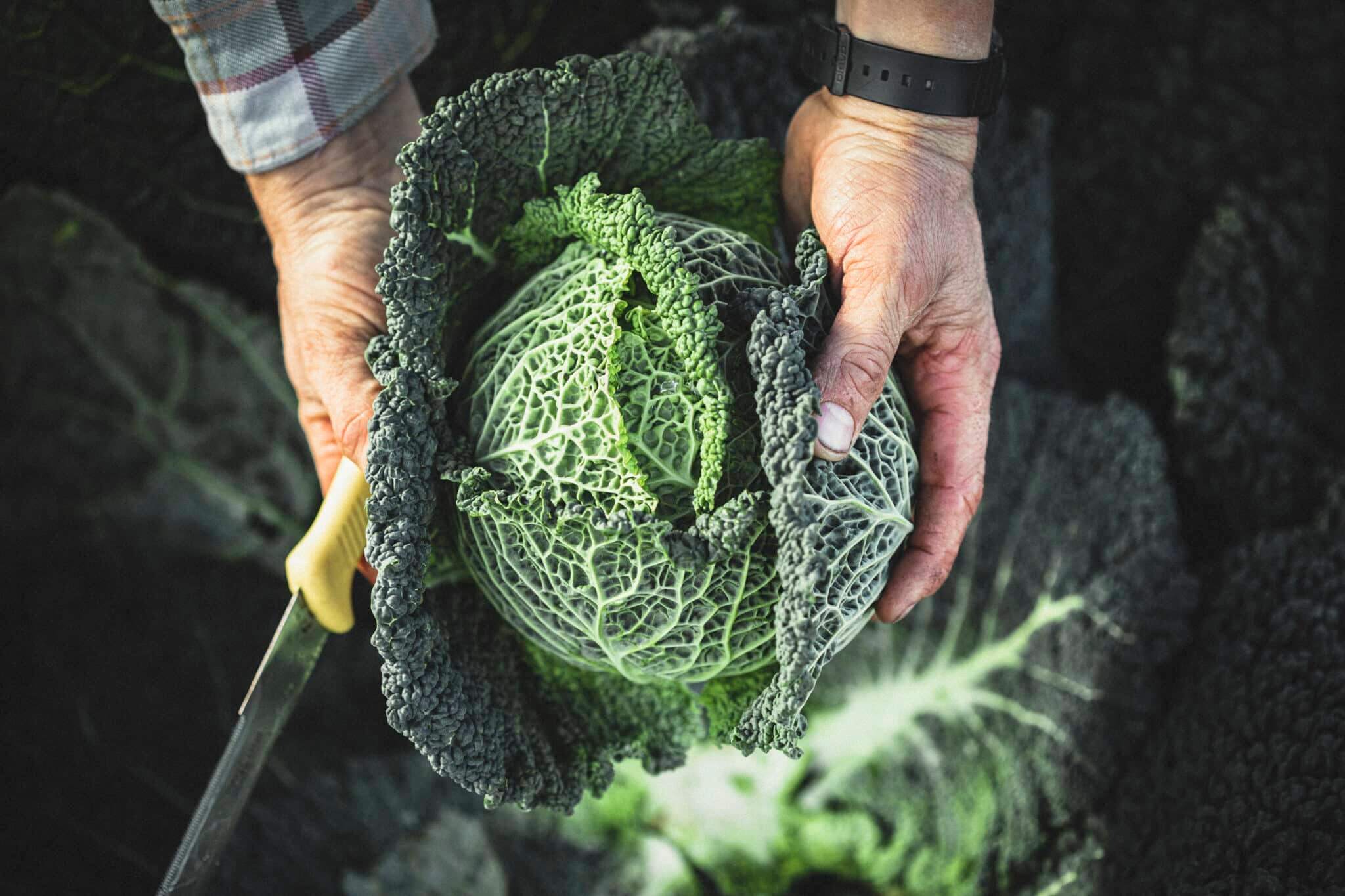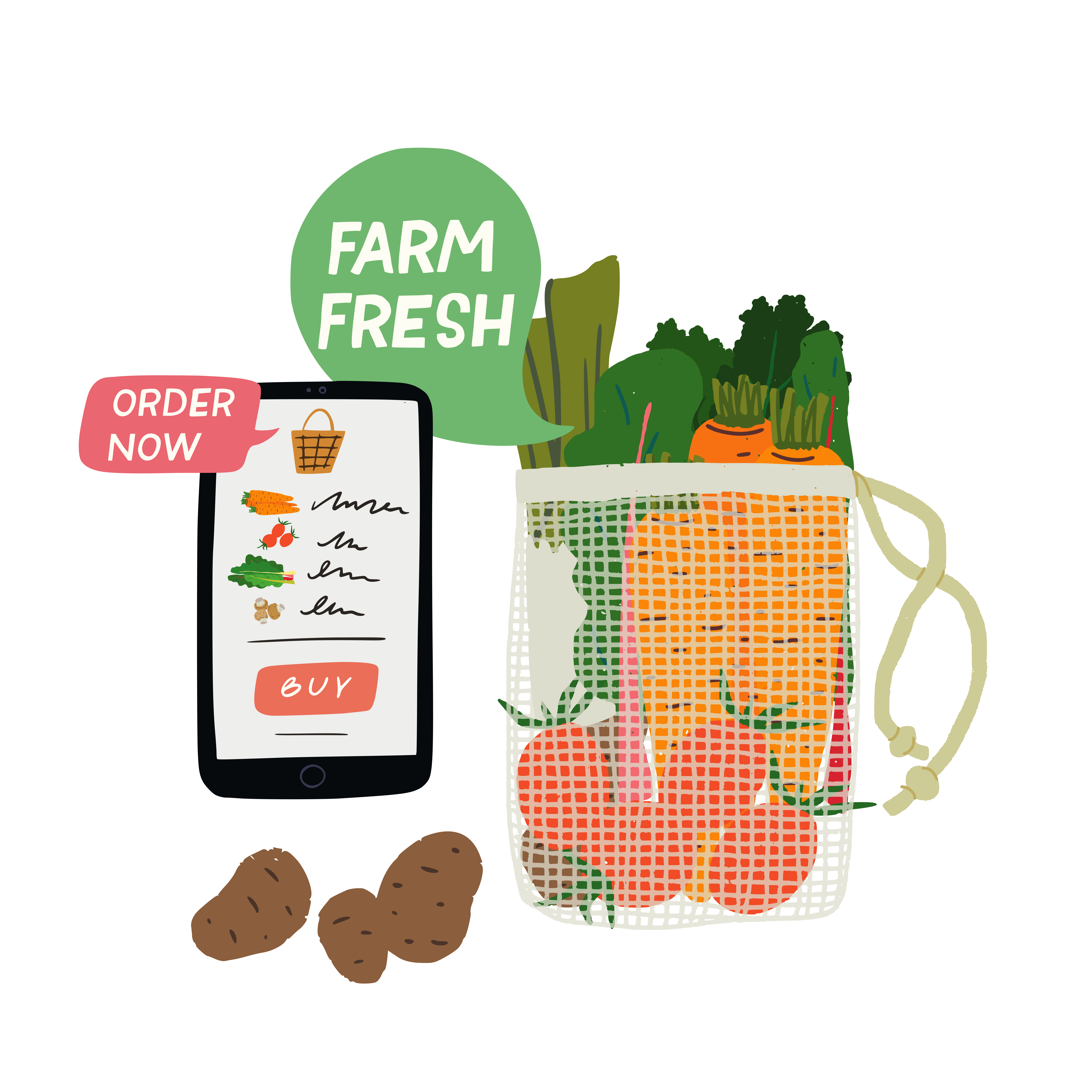Is it right to be tidy? Or better to be careful?
Gardeners can be obsessively tidy creatures. A weed is whisked away, a plant pruned to perfection. But I’ve learnt that there can be beauty in a little messiness – and sometimes lives depend on it.
It’s important to remember that you share your plot with creatures who rely on your garden habitat. Worms and other tiny soil life need organic matter to be fed. Bees and butterflies need a plant’s nectar and pollen, whereas ladybirds and garden birds need insects to feed their young. And all of them – whether insect, reptile or mammal – need shelter.

So I’ve learnt to relax a little. I’ve enjoyed leaving things alone for bit, and watching my garden wildlife thrive.
It’s especially tempting this time of year, when the nights get longer than days, to go into tidiness overdrive. You want to prepare your growing area for winter.

But wildlife is also preparing. A cranefly (Daddy Long-legs) will have spent the past few weeks furiously seeking sex, so that its eggs can be laid deep in the turf. Robins have become feisty and territorial, finding places to build nests ready for the new year’s eggs. Newts and frogs have been grabbing as many slugs as they can find, feeding up before they crawl somewhere sheltered for the cold winter months (a crevice in a dark stone wall or pile of stones is perfect). Butterflies and moths have laid their eggs under leaves, or in a dried flower head.
So, before you pull up old stems, tidy away sticks and sweep out corners, stop! Could this be done in the Spring instead?
Those hollow grass stems are a haven for aphid-munching ladybirds, lacewings and ground beetles.

The dusty corners of your shed or greenhouse will already have spiders’ nests attached. Leave them, as the baby spiders will emerge in Spring to feed on your greenhouse parasites.
Earwigs are laying eggs to overwinter in crevices in walls or under stones. Try not to disturb them, and their babies will grow into important predators of fruit tree pests.
But, if like me, you can’t stop the urge to be out and about, here are some things you could be doing:
– Create a garden pond. It needn’t be large, whatever its size it will attract wildlife, from slug eating frogs and newts to dramatic dragonflies and crazy water beetles.
– Protect your winter soil and the life within it, by mulching it with a thick layer of autumn leaves, wetted so that they don’t blow away. You don’t need high nutrient compost at this time of year. But any organic matter – straw, grass cuttings, even cardboard – will protect the soil. Worms and other soil life will happily process it, giving you a perfect growing medium for next spring’s sowing.
– Check any bird feeding stations. Keep them clean, and well stocked. Be sure to include access to fresh, unfrozen water.
Don’t confuse tidiness with carefulness. Your wildlife friends will thank you for it.
The Grow Your Own Wicked Leeks series is written by Garden Organic, the national charity for organic growing.
Each month we bring you timely advice on what to do in your organic patch. We hope they inspire you on your organic growing journey, whether you’re an experienced grower or just starting out. Share your own tips and gardening photos on social media under #GYOWickedLeeks.













0 Comments